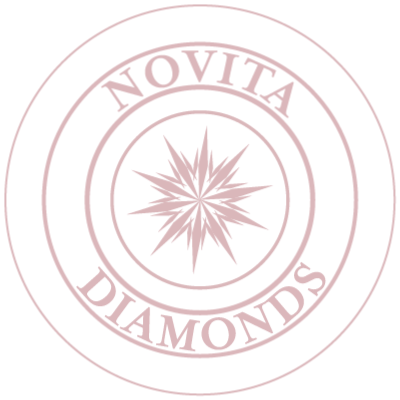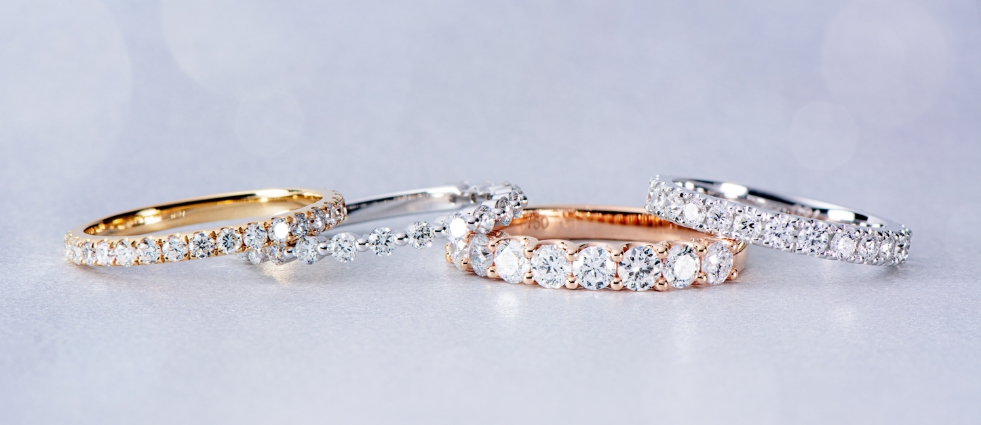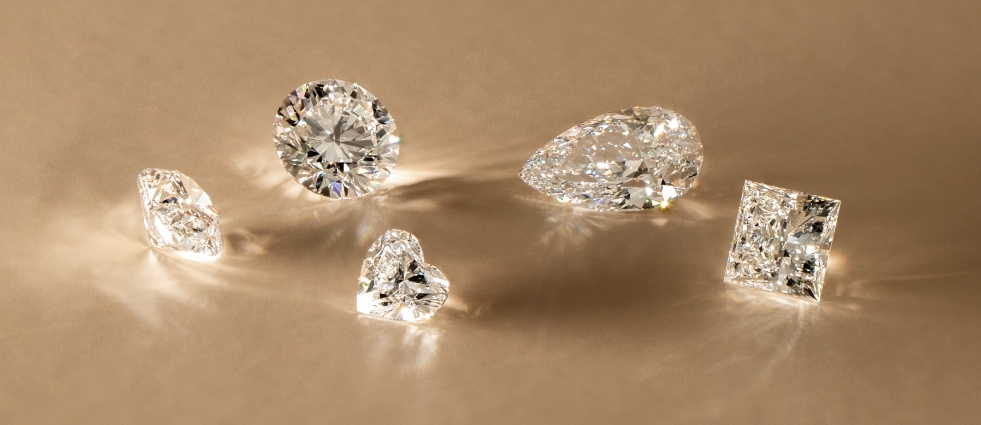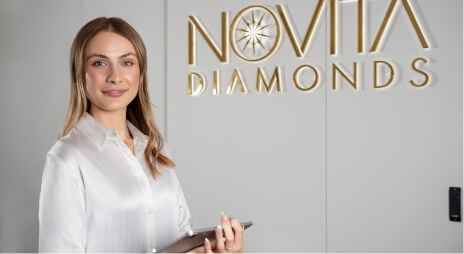The criticism and ethical concerns that have been levelled against natural diamonds over the past century have now all been resolved. These solutions to long-standing problems have only become possible with the advancement of technology through the creation of diamonds in a lab. The process of buying diamond jewellery today is not as financially and morally draining as it once used to be. Moreover, lab-grown diamonds are always much cheaper and better quality than equivalent mined diamonds.
There is no doubt that lab-grown diamonds are real diamonds. Their physical properties are identical to mined diamonds, and even professionals cannot tell the difference. It is important to note, however, that they are not cubic zirconia or any other diamond simulants. Professional testing can expose their chemical makeup and thus distinguish them from real diamonds because, although they resemble diamonds, they are fundamentally different and are not as durable and long-lasting as real diamonds.
As the name implies, lab-grown diamonds are grown in laboratories by carefully placing small diamond seeds into carbon. Through advanced technology, seeds are subjected to extreme pressures and temperatures, mimicking the natural process of diamond formation but at an exponentially accelerated rate.
The pure carbon melts and starts to form a diamond around the starter seed. When it reaches the desired size, the crystal of pure carbon, the definition of a diamond, is then carefully cooled before being cut and polished.
Diamonds mined from the earth often have impurities from the environment in which they were formed. Those created in a laboratory follow strict processes, resulting in brighter and whiter diamonds with much fewer defects than mined ones.
Additionally, coloured diamonds produced in laboratories are much more uniform and vibrant than their mined counterparts. In order to accomplish this, very precise doses of trace chemicals are used, creating unmatched coloured diamonds that are objectively better than any mined coloured diamonds. An example of this procedure is that yellow diamonds are coloured by nitrogen, while blue diamonds are coloured by boron.
It is easy to assume that such high-quality diamonds would be expensive as well, but buying jewellery made from lab-grown diamonds can save as much as 40% over similar mined diamonds. Consequently, one can easily buy a larger diamond with intricate metalwork and a more elaborate ring design for the same budget.
As a final note, buying mined diamonds is ethically problematic. Their negative environmental and human costs are outsized, even involving the use of child labour. A diamond's past and how it got to you are essential factors to consider before purchasing a diamond as a customer.
Diamonds grown in labs do not pose these concerns, as they are both environmentally friendly and free of child or slave labour. A great deal of damage is caused to the environment by mining, which in itself is very energy-intensive and consumes a massive amount of fossil fuels. When a mine is decommissioned, the now devastated abandoned area is almost always toxic and unable to naturally recover, if at all. Natural diamonds are mined in conflict areas in Africa, where conditions are brutal, giving them the nickname Blood Diamonds. Synthetic diamonds, on the other hand, are cleanly made in sterile labs without ever using child labour or slave labour.
In addition to being environmentally friendly, lab-grown diamonds are also more affordable. All parties involved win from widely adopting them, including buyers, manufacturers, suppliers, and most importantly, the earth and its inhabitants.








